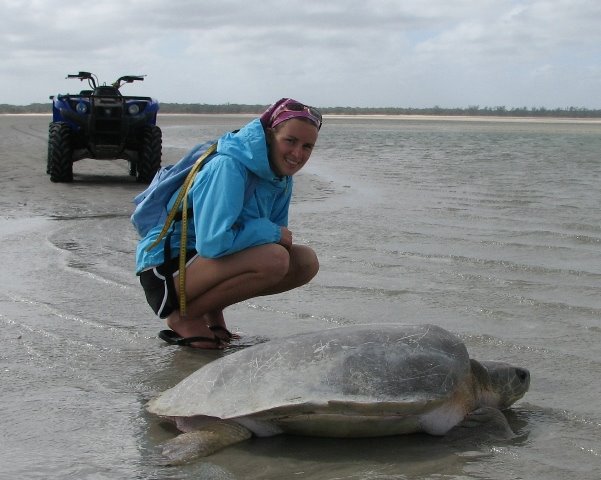
One of the major forms of marine debris we find on the beaches of Crab island are fishing nets – very large nets designed to catch lots and lots of fish and other marine life. I have mentioned ‘ghost nets’ a few times in this blog but I thought that the subject really needed it’s own post. They haunt us each time we go onto the beaches here. They are called ghost nets for the reason that they are lost or set free and drift the ocean catching score of marine life as it goes. These nets can be mile and miles long. Eventually they will get washed up on the beach. Many nets will have carcasses of marine life, such as sea turtles, dolphins, crabs and fish. But the damage hasn’t stopped once they land on a beach. The next big storm will wash them back off the beach and send them drifting the oceans once again. For example, earlier this year a cyclone hit the west coast of Cape York here and sent hundreds of nets back into the ocean. A few weeks later many nets were washed back, along with hundreds of dead turtles.
There is not a part of the beach on Crab Island where you can stand and not be looking at a ghost net. Some are on the surface of the sand, others wrapped around logs and trees, whilst many are buried with only a small part of them sticking out. Most of these nets are from illegal fishing sources. Most nets can be identified to sourced by their design and the technique in tying the knots.
The scale of the problem is enormous and efforts are underway to start to mitigate the impacts. The local Aboriginal Rangers are doing a great job in removing and burning nets as part of the Gulf of Carpenteria Ghost Net Program. But the scale of the job is massive and more needs to be done. In the meantime, many thousands of sea turtles are still being caught in these nets.











No comments:
Post a Comment